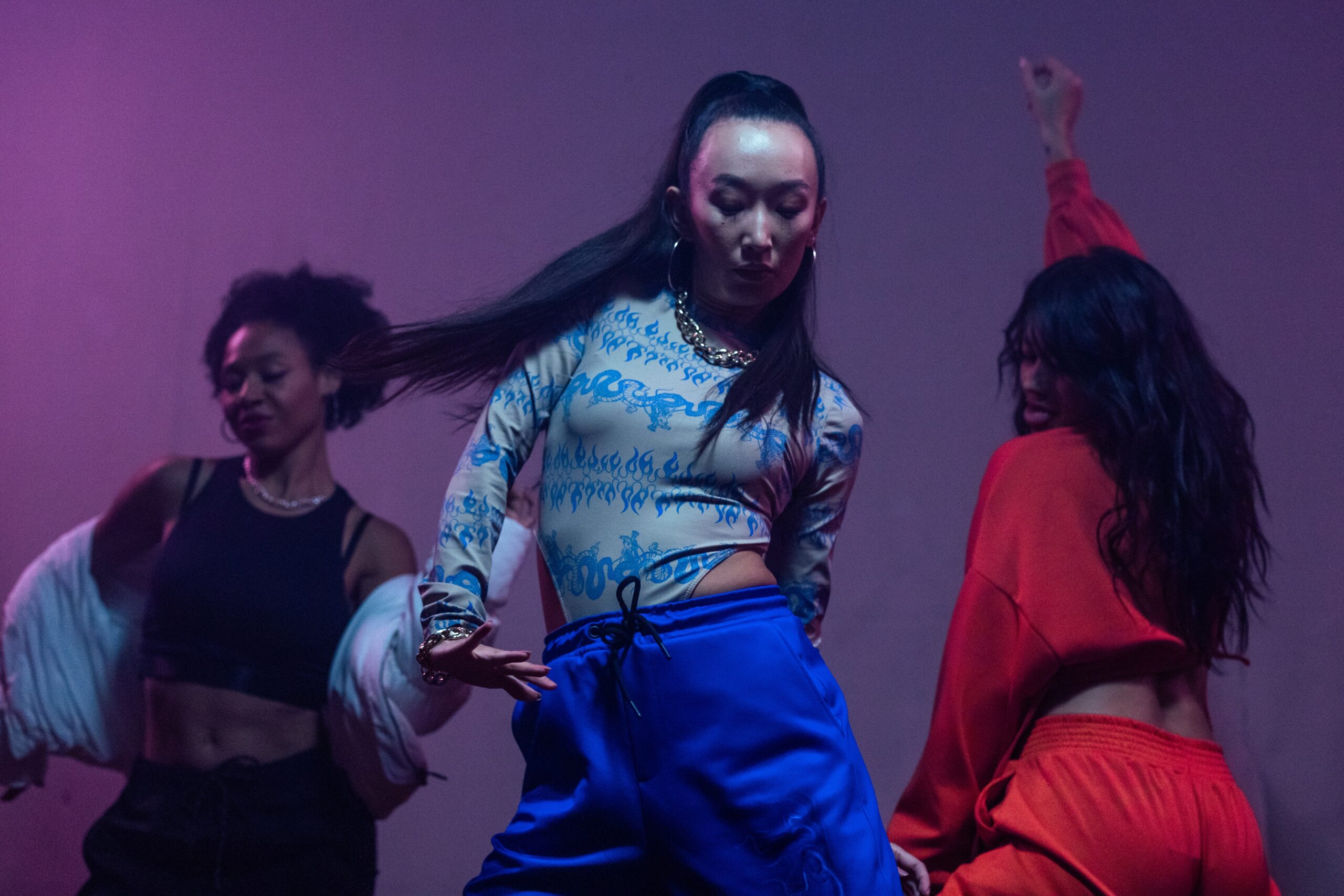Late last month, a little clock-app and a handful of online creators made moves that are likely to permanently alter the existing copyright landscape. That’s right, Tiktok, an app with over 689 million active monthly users, and creators like Keara Wilson (the dancer who choreographed the insanely viral Savage Challenge dance to the Megan Thee Stallion song entitled Savage) have turned to the U.S. Copyright Office to ensure that the original creators of the app’s signature dance moves are acknowledged and compensated for their creations.
Wilson, and other BIPOC dancers, decided to copyright their choreography after larger, white creators consistently performed the dances racking up millions of views all while failing to credit the true creators. Copyright protection entitles the creator to monetary compensation when their dance is recreated in movies, music videos, video games etc. and provides them with exclusive legal rights that prevent other creators from stealing their choreography in the future.
In years past, the Copyright Office has fielded roughly 20 choreography applications annually. But, with the advancement of technology like Labanotation – a notation system for recording human movement – and the popularization of at-home choreography, I anticipate that number to rise sharply in the coming years.
Section 102(a)(4) of the Copyright Act explains the copyright application’s numerous requirements and even explicitly excludes some forms of choreography from copyright consideration. For example, if you happen to be the ingenious creator of the YMCA dance, you’ll be sad to learn that commonplace movements or gestures including “sets of movements whereby a group of people spell out letters with their arms” is not protectable by copyright.
A choreographic work, created after January 1, 1978, and fixed in some tangible medium of expression is copyrightable if it contains some combination of the following:
- “Rhythmic movements of one or more dancers’ bodies in a defined sequence and a defined spatial environment, such as a stage
- A series of dance movements or patterns organized into an integrated, coherent, and expressive compositional whole
- A story, theme, or abstract composition conveyed through movement
- A presentation before an audience
- A performance by skilled individuals
- Musical or textual accompaniment”
The choreography does not need to have every one of these elements, but it needs to have at least one, while, at the same time, not qualifying as what the Copyright Office deems a “commonplace movement, gesture, ordinary motor activity, athletic movement, or social dance” (think square or swing dancing). Technology like Labanotation, which Wilson used when copyrighting the Savage Challenge, helps creators achieve the “fixed in a tangible medium” requirement. That means that in order to qualify for registration, the dance must be recorded in sufficient detail as to permit the dance to be performed consistently and uniformly overtime. So, look out Copyright Office and copyright attorneys because Tiktok songs are major earworms, though I wouldn’t necessarily recommend singing along to Savage at the office.

